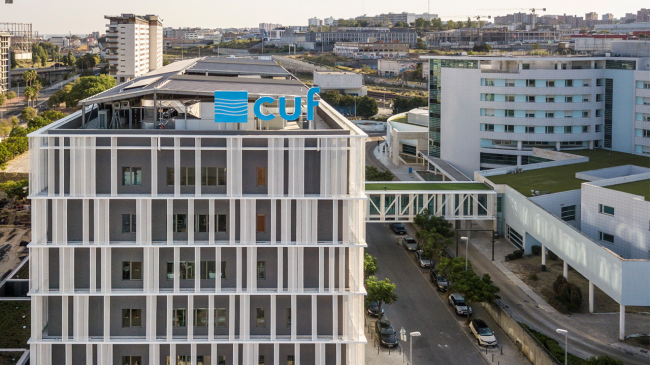Between 2014 and 2024, almost half (46%) of the generics on the European Union (EU) list of essential medicines were made available by just one supplier, a figure that almost doubles when looking at companies with the majority (60%) of the market share. Teva itself, one of the largest generic companies in the world, is responsible for this supply, while Sandoz leads in European production.
The “Generic Health Check Europe 3.0” study concludes that there are two major problems in the industry: the rapid concentration of essential generic medicines, three times faster than that of other generics, which constitutes a “real effective risk” to the security of supply in Europe, and the lack of diversified supply (from different manufacturers) of essential generics in areas such as cardiology, oncology, mental health or antibiotics.
According to clinical research, business reporting and healthcare technology company IQVIA, 83% of generic products come from the same supplier.
“This uncertainty is further increased by the worrying level of supplier consolidation and the exit from the market of some essential generics, a trend that has been observed in recent years, particularly due to geopolitical tensions, economic challenges and new political demands, which puts patients’ healthcare at risk,” the authors point out.
While the price of consumer goods rose 30% in that decade, average prices for generic prescription drugs fell nearly 8%.
“Patients depend on reliable access to high-quality, affordable treatments, but ongoing supplier consolidation and the exit of essential medicines from the market threaten this access,” warns the CEO of Teva Portugal, in a commentary published with the scientific report.
“Reducing pressures on generic drug manufacturers is essential to protect patient care and ensure the long-term sustainability of European healthcare systems. For essential generic medicines, it is even more important that there is a reliable and diversified supply network”, appeals Marta González, criticising the lack of price flexibility.
















